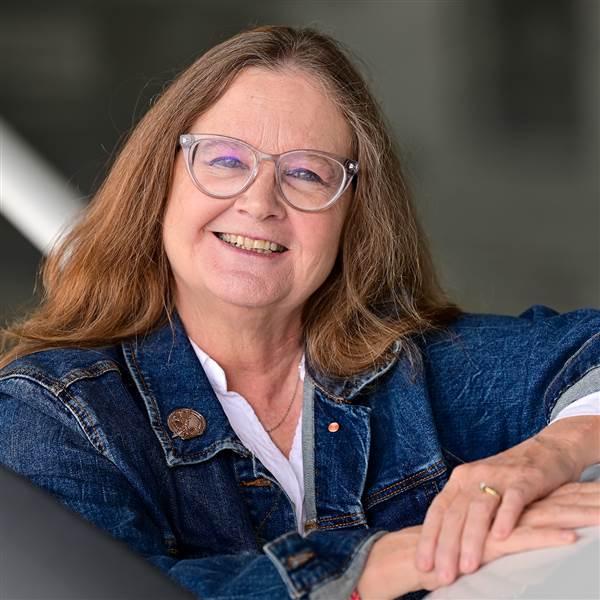Ughhhh!”
That cow-giving-birth noise was coming from me. It’s what happens when I participate in any activity that involves pulling Gs. I saw nothing but ground rotating in the windscreen of the airplane.
“Nice and easy,” said Dean “Demo” Castillo as he smoothly recovered the Extra 330LX from the spin. Castillo is a former Navy fighter pilot. He doesn’t make any noises when he pulls Gs.
 “Sure,” I croaked.
“Sure,” I croaked.
I have sort of a love-hate relationship with spins, unusual attitudes, and aerobatics. I love watching aerobatics—from the ground. I realize that spin training is good for you, but the notion of actually putting an airplane into a spin is scary. I’m perfectly happy flying straight and level.
Even so, I dragged myself out of my comfort zone on a couple of occasions in 2015. The first was for a date with Prevailance Aerospace’s Extra—my first time in such a souped-up and sleek airplane. Everything happens fast in an Extra, but it’s a superb aerobatics platform, with an immense canopy that gives you a really good view of the sky (and the ground, once you’re upside down). Stalls, spins, and aileron rolls (which I love to do because, ahem, no Gs) rounded out the date—and I got a video memento of the flight. Prevailance, based in Virginia Beach, Virginia, offers upset recovery training and more.
More beneficial from a practical flying standpoint was the sunny July day I spent with Catherine Cavagnaro, who teaches spin recovery and aerobatics at Franklin County Airport in Sewanee, Tennessee. Before we climbed into Cavagnaro’s Cessna 152 Aerobat, she parked me in a classroom at the FBO for a lengthy ground school session about G forces and what they can do to you (see first paragraph), how the airplane enters a spin, and what it is doing at every point in the maneuver (see her thorough discussion of spin recovery in the September 2014 Flight Training).
I admit I thought little Wilbur (what Cavagnaro calls her 152) wasn’t going to give me much trouble. With 125 horsepower, how cranked up could he get? “Like a dog rolling onto its back for a belly rub” is how I decided Wilbur would behave in a spin. Sure enough, the 152 toppled off benignly with full left rudder and back yoke.
From that point on, things weren’t quite so benign. Three fully developed spins were enough to convince me that Wilbur was no puppy dog. “He has a spin that will get your attention,” Cavagnaro said later.
Thankfully, he also recovers very well. With Cavagnaro’s coaching, I put Wilbur into spins culminating from power-on and power-off stalls, and I learned how to catch the airplane just as the nose was dropping off to prevent the spin from occurring. Back on the ground, we discussed the circumstances in which pilots set themselves up for stall/spin accidents, such as overshooting the turn from base to final and overcompensating with rudder to get back on the extended centerline.
Like most of you, as a student pilot I learned the PARE recovery technique (reduce Power, neutralize Ailerons, full Rudder in the opposite direction of the spin, Elevator forward). Periodically I would go through the motions on the ground and have to remind myself just what “PARE” stands for.
Those recovery actions work—but they’re so counterintuitive to what we’re taught to do in everyday flying that your brain might reject them if you were to find yourself in an actual spin.
“You’re seeing a lot of ground as we go around, but in order to recover you’re going to have to see more to reduce the angle of attack and stop that rotation,” Cavagnaro said.
Talking about it and learning about it are completely different from spinning and recovering an airplane. I will forever hear Cavagnaro’s voice in my head, urging me to Push! the elevator down to decrease the angle of attack and break the stall. Upset recovery and spin training might not make you fall in love with unusual attitudes, but you’ll be a better pilot for it.

